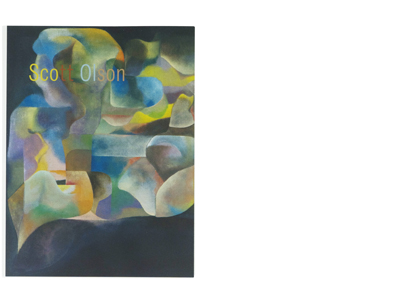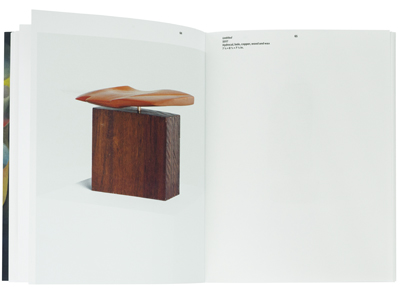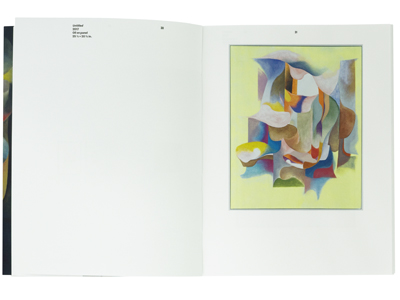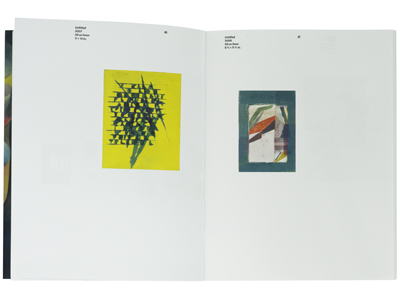| Title | Scott Olson |
| Artist | Scott Olson |
| Designer | Wkshps |
| Colour Grading | Colour & Books |
| Separations | Colour & Books |
| Press checks | Colour & Books |
| Production | Colour & Books |
| Publisher | The Cleveland Museum of Art |
| Printer | Wilco Art Books |
| Binder | Hexspoor |
| Pages | 96 |
| Paper | Munken Krystal rough |
| Binding | Paperback with flaps |
| Reproduction | H-UV cmyk |
| ISBN | 987-0-692-98791-9 |
| Year | 2018 |
The Book
Reproducing Fine Arts is in a way different from working on photography. The most important thing is to get the images in the book to be the most true reproductions of the original work. So, that can be done by either capturing them on photo really well so that I can later reproduce them onto paper as if they were real. However, it can also be done, if the objects are flatter, like a drawing on paper for example, by scanning them and we work from there.
During the process of reproducing these images and making sure they come out on paper and in the book the way they are meant to look, it is a lot harder to use all the original tricks in the book. Mainly because you are working with 3D objects. So, the point of using a lithographer is to seduce people to look and keep looking at the images. Moreover, in order to make sure the intentions of the artist are coming through in the book.
The Process
The main thing that makes this hard to do is because our options and possibilities in reproducing colour in CMYK are limited. That is because original art works are produced in a great variety of pigments and materials. So, that means that often the work is not just a flat surface. Roughness, textures, different shades of colour, together with dimensions, they all make up for the total impression of the work.
In reproductions you loose many of these features plus the colour space we print in is limited in its capacity to reproduce all original colours.
So, my job in lithography is to find ways to overcome these limitations as much as possible and create reproductions that do justice to the experience one has when viewing the original work.
So, it comes down to looking very carefully at the originals. How is it constructed, colour and tone wise, and what is essential in this piece of art. What makes it unique and should come through in the book as well? Then this should be translated into the possibilities in print. Here, of course, the choice of the designer and artist to work on uncoated paper makes it even more critical.
Exactly this sort of precision that comes with reproducing Fine Art helps me enormously in refining my skills.





